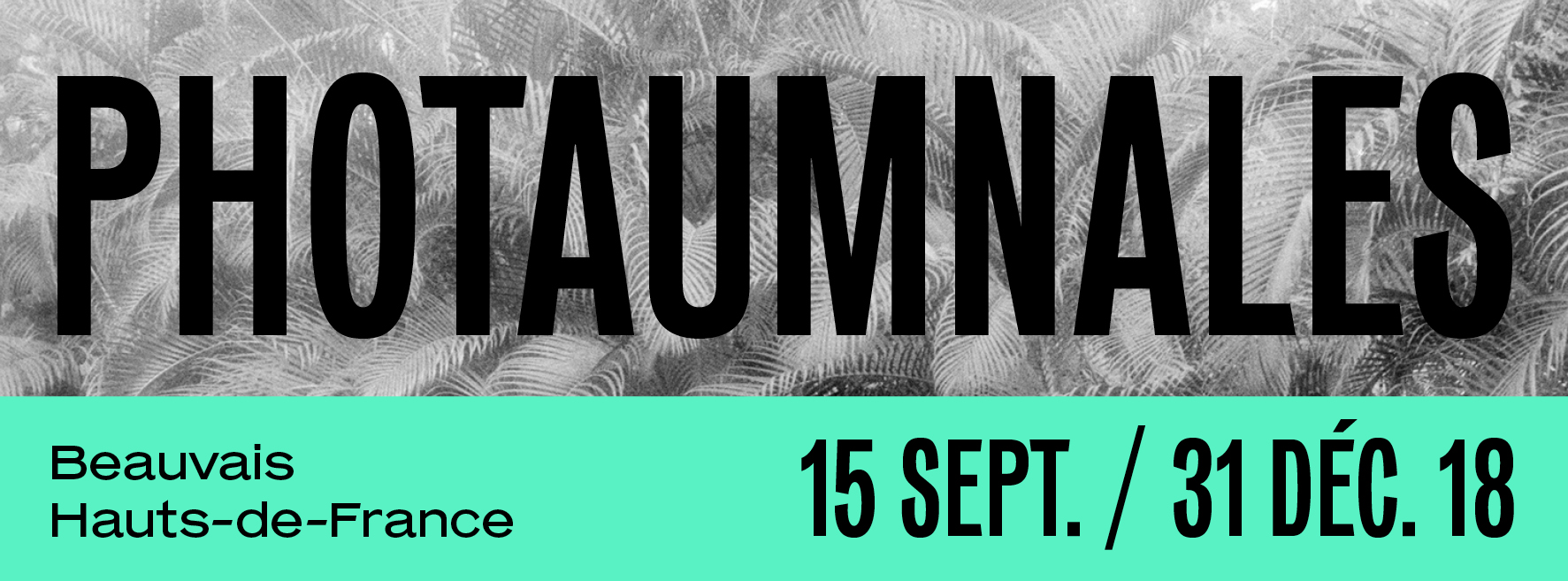 |
where memory remains
|
| |
Thibaut CUISSET - Martin BECKA - Katia KAMELI - Arnaud CHAMBON - Almond CHU - Laetitia d'ABBOVILLE - Sophie ZÉNON - Valerio VINCENZO - Primitifs de la photographie
|
Thibaut CUISSET
The River Somme (creation)
Exhibition curators: Camille Cuisset, Didier Mouchel and Fred Boucher
Maison de la culture at Amiens
15 September 2018 - mid February 2019
____________________________________
opening Thursday 20 September at 6.30pm
____________________________________
2 place Léon Gontier at Amiens
1pm - 7pm Tuesday - Friday
2pm - 7pm Saturday, Sunday
Free entrance
03 22 97 79 79 - www.maisondelaculture-amiens.com
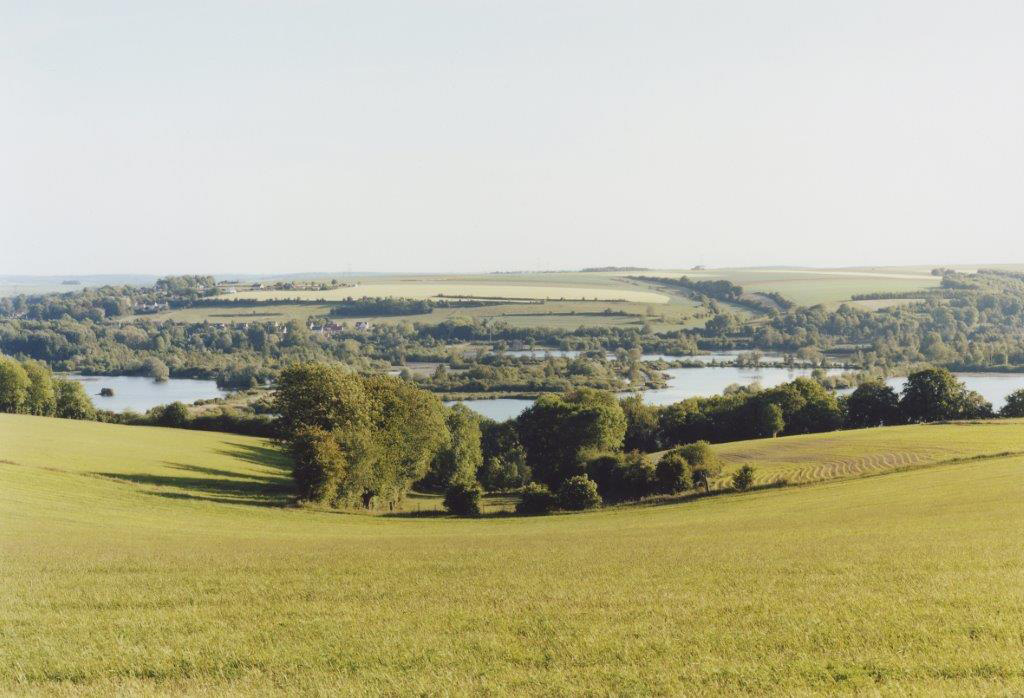 Between 2012 and 2013, at the invitation of Diaphane, as part of a residency, Thibaut Cuisset travelled along the River Somme from East to West to show the variety of natural and inhabited landscapes that succeed throughout the river’s course. Between 2012 and 2013, at the invitation of Diaphane, as part of a residency, Thibaut Cuisset travelled along the River Somme from East to West to show the variety of natural and inhabited landscapes that succeed throughout the river’s course.
"I found myself on the banks of a river, a landscape subject that is dear to me, having already carried out work on the Loire and the Seine. I tried to recount this country through the presence of the river and ponds that structure this little known rural landscape. Naturally, I also looked at the architecture of the surrounding villages and how the work of the land shapes the landscape, how the farmer becomes landscaper.
At a time when we look at the planet in a global way, I like to focus my attention on these close spaces, because affirming the singularity of any land is also a way of questioning our world. "
— Thibaut Cuisset, 2013
Thibaut Cuisset (1958-2017) is a documentary photographer. He was a resident at Villa Medicis in Rome in 1992-1993, and at Villa Kujoyama in Kyoto in 1997. He benefited from the Photography Award of the Academy of Fine Arts in 2009 to carry out a work on the French countryside, and in 2015 he was granted a creative residency at the Fondation des Treilles (Var). He is represented by the gallery Les Filles du Calvaire in Paris.
Le fleuve Somme, DIAPHANE éditions 
|
Martin BECKA
The Silent Line (creation)
UFR des Arts at Amiens
15 October - 23 November 2018
____________________________________
opening Monday 15 October at 4.30pm
____________________________________
30 rue des Teinturiers at Amiens
Free entrance
03 22 22 43 43
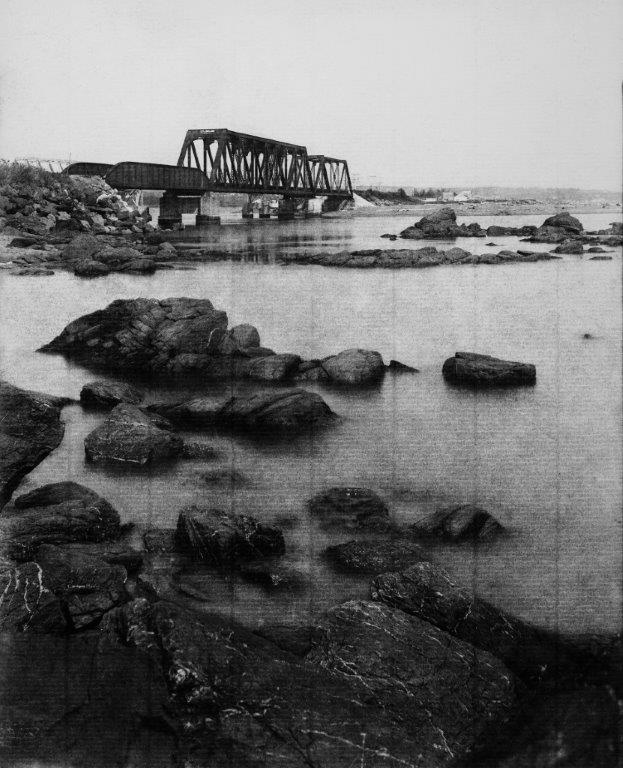
Although it no longer functions for the most part, the railway line of southern Gaspésie, between New Richmond and Gaspé, continues to be closely linked to the region, sometimes passing without any delimitation into the very heart of the towns and villages, crossing roads, spanning rivers and valleys.
The impressive works of art seem small in the face of the magnificent landscapes of the estuaries. Modest railway stations, sometimes nestled in nature or on the edges of towns, are unfailingly indicated by signs that reflect their importance. Between village houses, by the waterside, or in the heart of the woods, this trail like an Ariadne’s thread weaves the fabric of the land between the inhabitants and their landscapes, Gaspesian landscapes whose immensity is fascinating for European eyes.
Advancing alongside these rails that have fallen silent, I was astonished to come across many more people than I would have imagined. Walkers, sportsmen, residents of nearby houses, most of the Gaspesians I met wondered about the future of the line, the consequences for the future of the region, its rehabilitation or its abandonment...
— Martin Becka
Martin Becka was invited for a creative residency in Gaspésie in 2017 as part of the partnership between Diaphane and the Rencontres Internationales de la Photographie in Gaspésie, with the support of the Department of Cooperation and Cultural Action of the Consulate General of France in Quebec and the Council of Arts and Letters of Quebec.
Born in 1956 in Brno (Czech Republic), Martin Becka lives and works in Paris. He uses a large format view camera to photograph architecture, landscapes and urban spaces using techniques from the beginning of the history of photography. He is represented by the East Wing Gallery in Dubai.
http://martin.becka.pagesperso-orange.fr
|
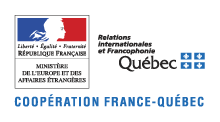 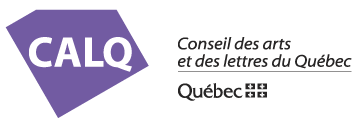   |
Katia KAMELI
In the Shade of the Star and the Crescent
Exhibition proposed by CRP/ in partnership with Diaphane
Exhibition curators: Muriel Enjalran and Fred Boucher
CRP/ centre régional de la photographie Hauts-de-France à Douchy-les-Mines
22 September - 25 November 2018
____________________________________
opening Saturday 22 September at 12.30am
____________________________________
Place des Nations at Douchy-les-Mines
1pm - 5pm Tuesday - Friday
2pm - 6pm Saturday, Sunday and public holidays
Free entrance
03 27 43 56 50 - www.crp.photo
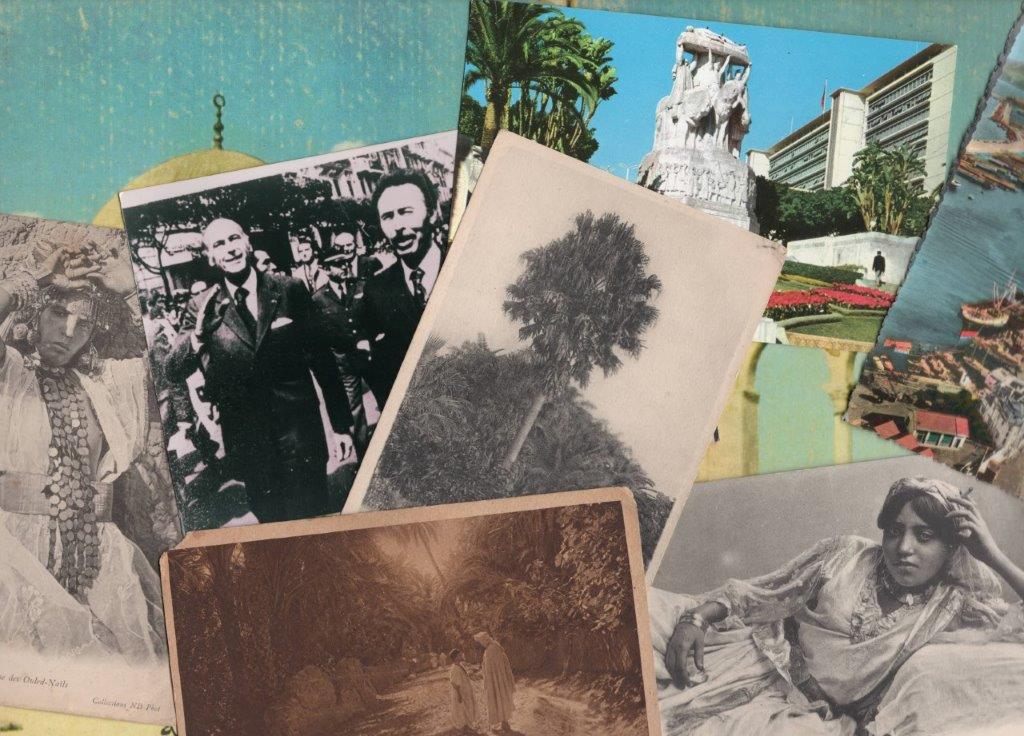
Katia Kameli’s exhibition presented in the CRP/ gallery is to focus on the contribution of images to the writing of history, their political and cultural power. New photographic and film productions created in Algeria are to be presented, in particular investigating the decade of 1958 to 1968, featuring the recent video installation The Algerian Novel.
This video installation, begun in 2016 and conceived in three chapters, significantly illuminates the complex relations of a nation with its history and the role of images in the construction of its national novel and its archetypes.
Katia Kameli’s approach, combining the fields of photography, film and installation, is based on research: historical and cultural facts inspire the multiple forms of her poetically artistic imagination. The rewriting of stories appears in her work. She highlights a global story of porous borders and reciprocal influences to open a reflexive path that generates a critical view of the world.
Through her work, she renews the artistic approach of the iconographic archive, while incarnating historical and cultural subjects in narration and artistic reflection.
Born in 1973 in Clermont-Ferrand, Katia Kameli is a graduate of the National School of Fine Arts in Bourges and the Invisible College, and completed post-graduate studies at the School of Arts in Marseille. Her work has been the subject of numerous exhibitions in France and abroad, including, in June 2018, one at the Gateway Contemporary Art Centre in Brest. She is also currently participating in the 13th Biennial of Contemporary African Art in Dakar.
www.katiakameli.com
|
  |
Arnaud CHAMBON
Against! (creation)
Espace Séraphine Louis at Clermont-de-l'Oise
15 September - 4 November 2018
____________________________________
opening Saturday 15 September at 11am
____________________________________
11 rue du Donjon at Clermont-de-l’Oise
2pm - 6pm Wednesday, Saturday and Sunday
Free entrance
03 44 78 88 69
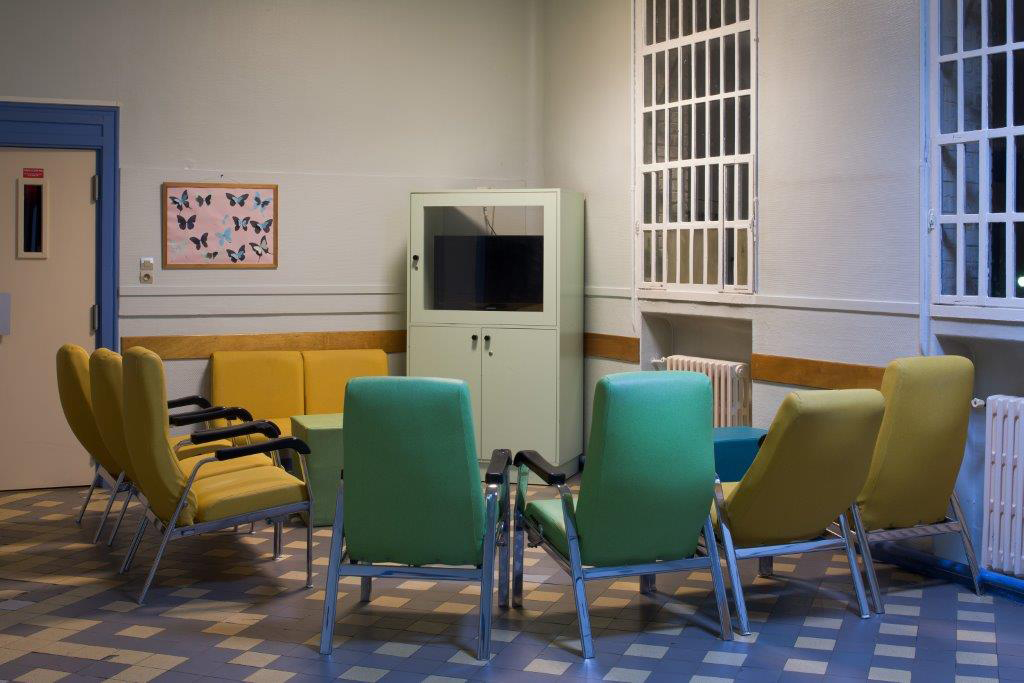 I spent 5 months in the psychiatric hospital of Clermont, Oise. I made this choice because this other, this elsewhere that crystallizes psychiatric care has been part of my life for a long time, and this total immersion was a way for me to face something. I spent 5 months in the psychiatric hospital of Clermont, Oise. I made this choice because this other, this elsewhere that crystallizes psychiatric care has been part of my life for a long time, and this total immersion was a way for me to face something.
As often when I arrive somewhere, I get angry at the words used in this place. The hospital was no exception to this rule. My anger was especially focussed on words relating to the classification of illnesses. Sometimes I used to use the same words and my anger redoubled. I chewed on this anger, closed my eyes and looked within myself to get a clearer view of what I was seeing.
I experienced that kind of tearing feeling that is familiar to the photographer faced with the world, some kind of ecstasy. There were also many difficulties and missed photographs. But I was able to make photographs that matter to me. And every time, they left me feeling naked, lost, without knowing. I was not alone. About a hundred people, the youngest of whom was six, all tried to find the way to photographs that matter to themselves. And there was also for me the double happiness of witnessing the energy released by our movement, and of experiencing the photographs made by others.
— Arnaud Chambon
This project took place as part of a residency set up by Diaphane at the Hospital Centre in Isay from early October 2017 to mid-February 2018, with the support of the Regional Directorate of Cultural Affairs and the Regional Health Agency of Hauts-de-France.
Born in 1971 in Soissons, Arnaud Chambon is self-taught. He lives and works between the region of Paris and Hauts-de-France.
www.arnaudchambon.fr
|
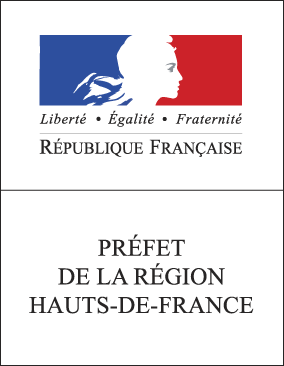 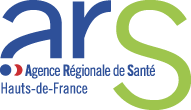   |
Almond CHU
Fernel Secondary School (creation)
Espace Séraphine Louis at Clermont-de-l'Oise
15 September - 4 November 2018
____________________________________
opening Saturday 15 September at 11am
____________________________________
11 rue du Donjon at Clermont-de-l’Oise
2pm - 6pm Wednesday, Saturday and Sunday
Free entrance
03 44 78 88 69
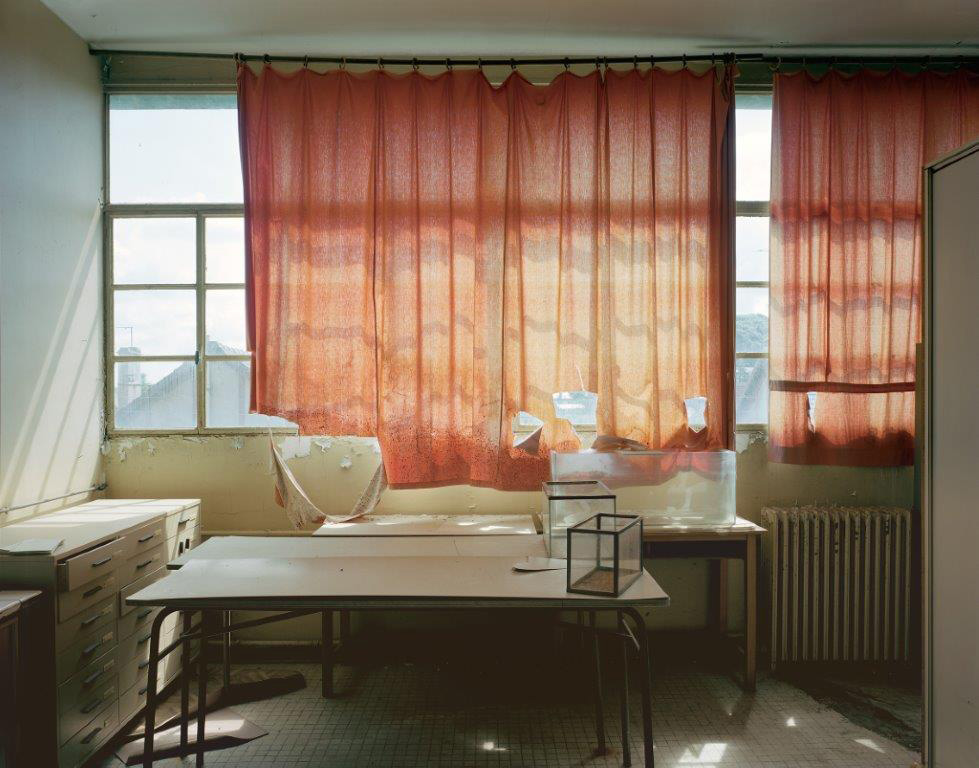 During my creative residency in Clermont, my apartment was located next to a building with remarkable architecture. I learned that it was a secondary school built in 1938. In Bauhaus style, the school had accommodated up to 1,400 students. The building has been vacant since 2004. What surprised me was its size. It is a really big school in a small town. I wondered whether all the inhabitants of the town had studied there. During my creative residency in Clermont, my apartment was located next to a building with remarkable architecture. I learned that it was a secondary school built in 1938. In Bauhaus style, the school had accommodated up to 1,400 students. The building has been vacant since 2004. What surprised me was its size. It is a really big school in a small town. I wondered whether all the inhabitants of the town had studied there.
Frankly, I find the Bauhaus style rather tedious now, but it represents history and a revolution in design that has had a strong influence in the world.
With my photos, I tried to document the relationship between town and school. I looked at the traces the students have left, the marks that have been written. I scrutinised the construction of the building, both inside and out. It is a remnant of heritage, of history. It is also the collective memory of the inhabitants of Clermont.
— Almond Chu
On July 10, 1938, the first stone of this new college was laid by Édouard Herriot, President of the Chamber of Deputies. The keys were handed over by the Municipality to the Principal on May 4, 1940. In his speech, the Prefect of Oise addressed the students, telling them it was up to them to finalise the efforts made by the community that had helped to build this school, "one of the most modern and beautiful in France". This "liner style" building respects the precepts of Bauhaus and Le Corbusier.
Almond Chu was invited on a creative residency in Clermont in 2016-2017 as part of a partnership between the Photaumnales festival, the French Alliance of Hong Kong and the Hong Kong International Festival.
Born in 1962 in Hong Kong, Almond Chu, graduated from the Tokyo School of Photography in 1986, and then opened his own studio in Hong Kong in 1993. He is represented by Yoko Uhoda Gallery in Liège (Belgium) and by La Galerie, Paris 1839 in Hong Kong.
www.almondchu.com
|
   |
Laetitia d’ABOVILLE
Alors j’y vais exprès pour tondre les noix
(So I go there on purpose to cut the nuts)
Maison Diaphane at Clermont-de-l'Oise
16 September - 21 December 2018
____________________________________
opening Sunday 16 September at 4pm
____________________________________
16 rue de Paris at Clermont-de-l’Oise
10am - 12am / 2pm - 5pm every day
(closed on Saturday and Sunday)
09 83 56 34 41
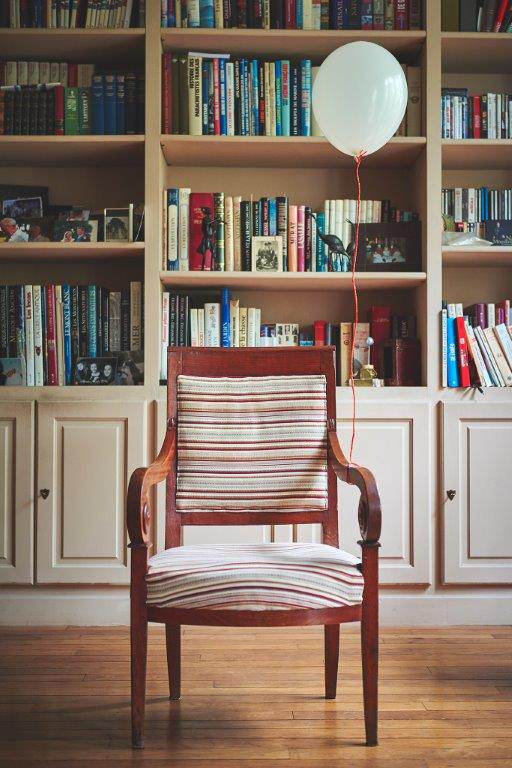
End of 2014. Diagnosis.
Neither he nor anyone wants to hear it.
Since at first, it does not seem like an illness.
At first, it just goes for old age.
I knew I had to catch what had not already gone.
But I knew that a documentary style would not be enough.
I first followed him in his daily life to understand.
To collect the clues.
And then I wanted to mix my vision and reality.
I laid out his everyday objects and photographed a bit of his disappearance.
For the second part, I did not work on the composition of the image.
This time it was me who went back to childhood.
By playing hide-and-seek with him, I steal those moments where his time takes a break.
— Laetitia d’Aboville
Born in 1983, Laetitia d'Aboville lives and works in Pantin. After studying communication, she started photography in 2009 and began doing commissioned work for institutional clients. She has built her artistic approach around everyone’s place within society, the group or the family. Breaking codes, reshaping moulds, getting out of the box, normality raises questions for her.
www.laetitiadaboville.com
|
Sophie ZÉNON
The Lanscape Man (Alexandre)
In the Mirror of the Rice Fields (Maria)
Espace Matisse at Creil
20 October - 21 December 2018
____________________________________
opening Friday 9 November at 6pm
____________________________________
101/119 rue JB Carpeaux at Creil
9am - 12am / 2pm - 6pm Tuesday - Friday
9am - 12 am / 2pm - 5pm Saturday
Free entrance
03 44 24 09 19
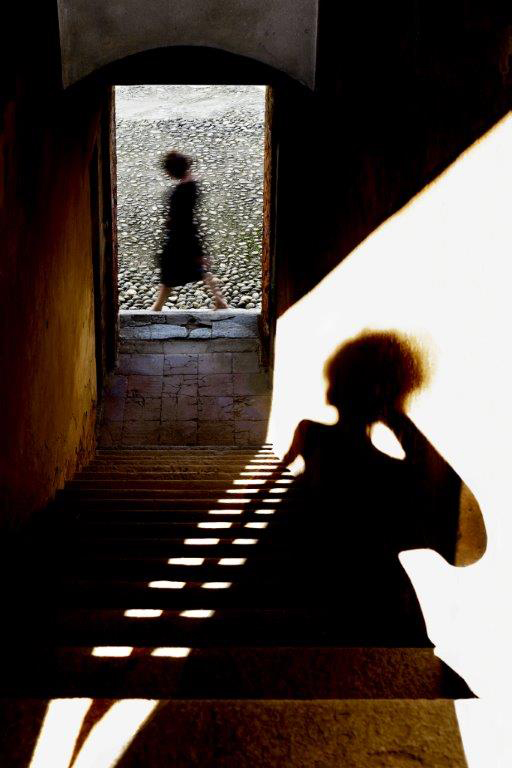 La trama (I), Dans le miroir des rizières (Maria), 2016 La trama (I), Dans le miroir des rizières (Maria), 2016
The Landscape Man (Alexandre)
Sophie Zénon evokes the arrival in the Vosges of her father, a child of Italian immigrants, in the 1930s. Plexiglas plates reproducing the portrait of her father's identity card, a class photo and the one with his parents were placed in forests of the Bussang (Haut-Rhin) region, familiar to the child. They were then re-photographed on a mobile phone with tight framing on the face. The video made in situ explores the movement of the wind in the trees, the vibrations of water on the face and suggests a geographical aspect of bodies that, little by little, seem to come back to life. As in a palimpsest, trunks, leaves of trees and insects, intertwine with the lines of the face, in a game of transparencies, reflections, shadows and lights. The body becomes a place of passage, a universe interacting with space and the environment.
The Mirror of the Rice Fields (Maria)
In the heart of the rice fields of Italian Piedmont, Sophie Zénon explores, in the shadow of her maternal grandmother, the figure of the "mondina", seasonal worker whose job was to transplant rice seedlings and cut weeds. It was a demanding task, carried out by women from all over Italy. In the spaces of the Tenuta della Colombara –a vast rice estate dating back to the 15th century, Sophie Zénon gave free rein to her imagination and, for the first time, staged fictional sketches tinged with fantasy. This work was created thanks to the Treilles Foundation Photographic Residency Award, which she won in 2015.
Born in Seine-Maritime in 1965, Sophie Zénon is represented by the Thessa Herold gallery in Paris, the Comptoirs Arlésiens in Arles and the Schilt gallery in the Netherlands.
Pour vivre ici, éditions Loco, 2018 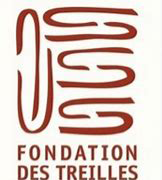
www.sophiezenon.com |
Valerio VINCENZO
Borderline, the Frontiers of Peace
Galerie du Chevalet at Noyon
25 September - 20 December 2018
____________________________________
vernissage mardi 25 septembre à 18h
____________________________________
16 place Aristide Briand at Noyon
2pm - 6pm Tuesday and Thursday
10am - 1am / 2pm - 6pm Wedneday, Friday and Saturday
Free entrance
03 44 93 28 20
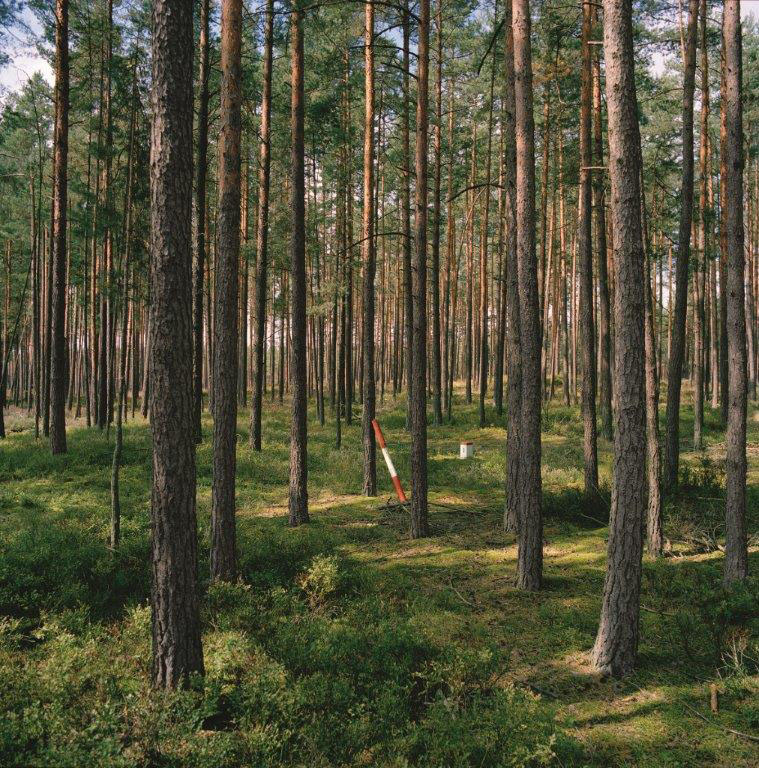
I have in front of me the photograph at the origin of this project, the Bailleul customs post, immortalized by Henri Cartier-Bresson in 1969: a black and white image that belongs to the past. (...) So I decided to go looking for the Cartier-Bresson customs post. The caption of the photograph showing the name of the road, I had only to follow it. In 2007, I found the gatehouse, still in its place at the edge of the road, abandoned and in poor condition, with peeling paint. This customs post marked the beginning of a project which, over a period of ten years, led me to cross the length and breadth of Europe, from Portugal to Bulgaria, from Finland to Greece, zigzagging along almost twenty thousand kilometres of borders between the countries of the European Union or belonging to the Schengen area. These are countries that, having been at the heart of the deadliest war in the history of humanity, decided to build a peace project, Europe, for which they received a Nobel Prize in 2012.
(...) Back from my last trip along the borders, almost ten years after my first visit, I went back to see the customs post photographed by Henri Cartier-Bresson. It has changed. It is now brand new, restored by the local authorities. Preserved for future generations, it is witness to the path of peace travelled by Europe over the last six decades.
— Valerio Vincenzo
Born in Naples (Italy) in 1973, Valerio Vincenzo lives and works in Paris, Milan and the Netherlands. Borderline, the Borders of Peace, received the 2013 Louise Weiss European Journalism Award, was nominated for the Canon Silver Camera Award in the Netherlands and shortlisted for the Alfred Fried Peace Photography Award in Austria in 2016.
https://valeriovincenzo.com
|
Primitifs de la photographie
Musée Condé à Chantilly
Associated Exhibition
30 October 2018 - 6 January 2019
Musée Condé - Cabinet d'arts graphiques
7 rue du Connétable at Chantilly
10.30am - 5pm every day except on Tuesday
Entrance is not free
03 44 93 28 20
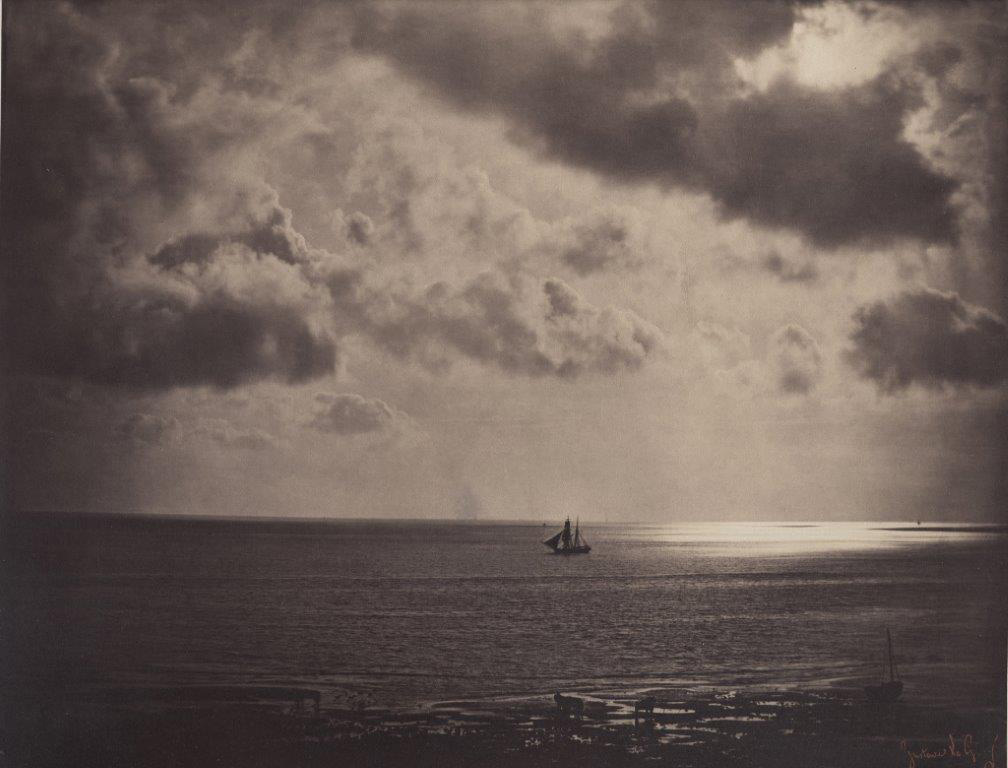 Gustave LE GRAY (1820-1882), Le brick au clair de lune, 1856The Condé Museum in Chantilly presents a remarkable collection of photographs from the second half of the 19th century, collected by the Duke of Aumale. This collection, comprising more than 1,900 pieces, includes works by famous artists belonging to the generation of "primitives" of photography, including the famous seascapes of Gustave Le Gray (1820-1884), the Braun brothers’ views of the Alps and Robert Howlett's news photographs, the first amateur photographs and the beginnings of industrial photography. Gustave LE GRAY (1820-1882), Le brick au clair de lune, 1856The Condé Museum in Chantilly presents a remarkable collection of photographs from the second half of the 19th century, collected by the Duke of Aumale. This collection, comprising more than 1,900 pieces, includes works by famous artists belonging to the generation of "primitives" of photography, including the famous seascapes of Gustave Le Gray (1820-1884), the Braun brothers’ views of the Alps and Robert Howlett's news photographs, the first amateur photographs and the beginnings of industrial photography.
Works by other artists related to the 1851 Heliographic Mission are featured in the Condé museum collection, notably three prints made around 1885 representing views of Paris by Édouard-Denis Baldus (1813-1882). Other views of Parisian monuments are the work of the Bisson brothers.
Passionate about mountains, the Duke of Aumale also owned fine views of Switzerland by Adolphe Braun (1812-1877) in Dornach. As a military man, he acquired the first major war reportage photos by Roger Fenton, sent to the siege of Sevastopol in 1854 by Queen Victoria.
The collection also includes family portraits, from the Orleans family to that of the Habsburgs, to whom the Duchess of Aumale was related through her mother, as well as photographs of paintings and works of art showing how the collector also made documentary use of this medium.
|
| |



















 During my creative residency in Clermont, my apartment was located next to a building with remarkable architecture. I learned that it was a secondary school built in 1938. In Bauhaus style, the school had accommodated up to 1,400 students. The building has been vacant since 2004. What surprised me was its size. It is a really big school in a small town. I wondered whether all the inhabitants of the town had studied there.
During my creative residency in Clermont, my apartment was located next to a building with remarkable architecture. I learned that it was a secondary school built in 1938. In Bauhaus style, the school had accommodated up to 1,400 students. The building has been vacant since 2004. What surprised me was its size. It is a really big school in a small town. I wondered whether all the inhabitants of the town had studied there.



